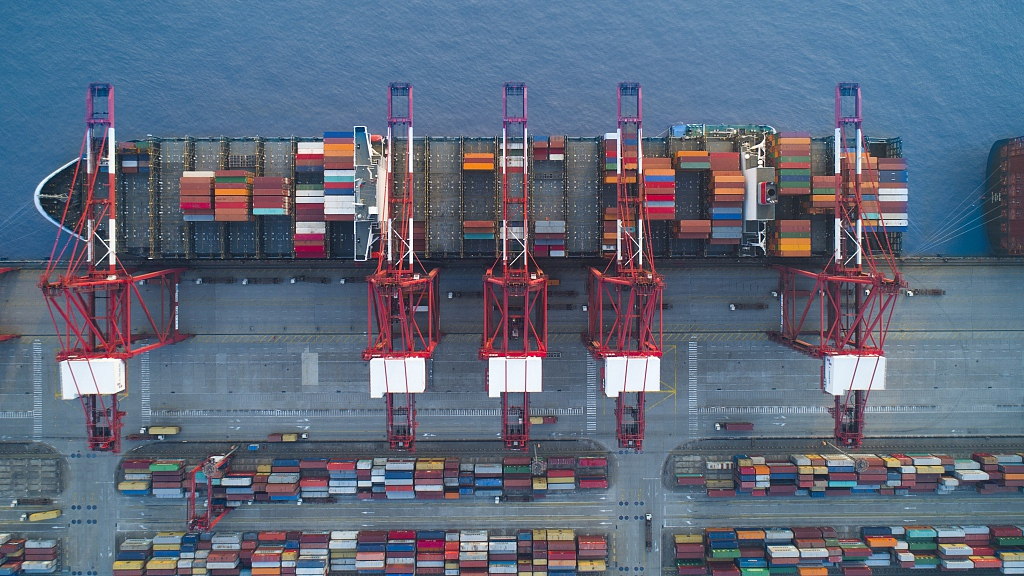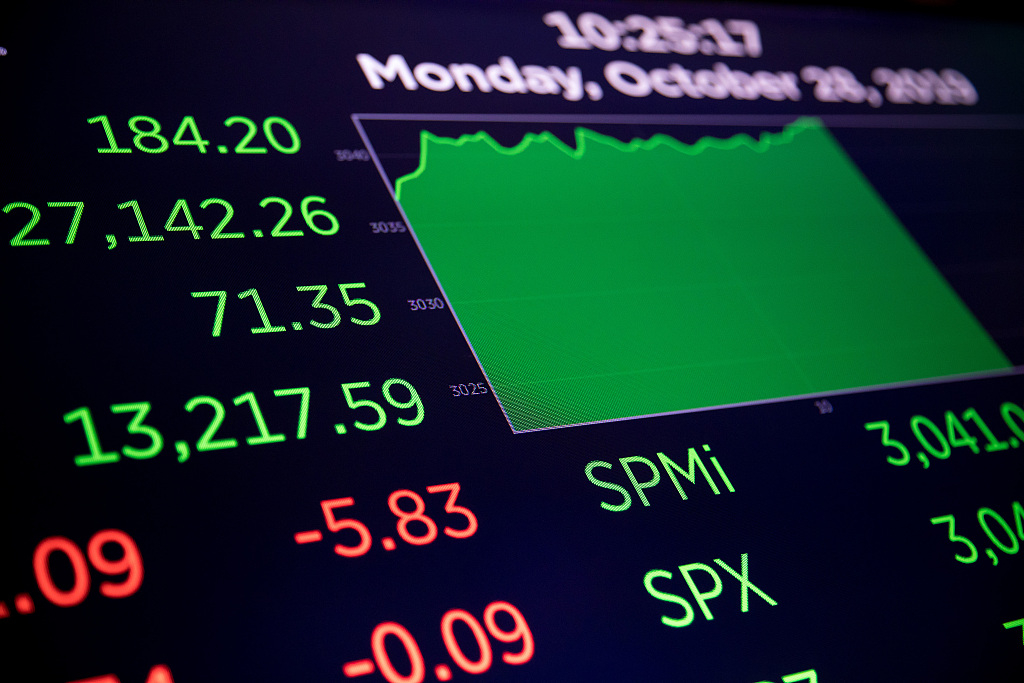
Editor's note: Azhar Azam works in a private organization as a market and business analyst and writes about geopolitical issues and regional conflicts. The article reflects the author's opinions and not necessarily the views of CGTN.
Regardless of the scope and breadth, an affable and emboldened economic, trade and political environment is crucial for any economy to thrive. Equally, the tensed trade situation, such as the China-U.S. trade war, holds up economic growth, shakes investor confidence, threatens capital markets, and risks both of their employment rates.
In a trade battle, it is meaningless to gauge the economic suffering, declining investor confidence, the scale to which stock markets were tanked, or the number of jobs lost. The bottom line is that all the contending economies and the people around the world are hurt.
Donald Trump has apparently fathomed the economic drawbacks and susceptibilities of the prolonged China-U.S. trade war as the optimistic U.S. president said on October 28 that the "phase one" trade agreement with Beijing was "ahead of schedule."
He also expressed his hope to sign the "phase one" deal with Chinese President Xi Jinping, focusing on farmers and banking needs at the upcoming summit of Asia-Pacific Economic Cooperation (APEC) forum in Chile starting November 11.
Trump's remarks came after Chinese and the U.S. officials stepped up the ladder to close parts of the trade deal following high-level telephone talks on October 25. Response from the global stock markets was exceptional as they rallied to a 21-month high on October 28. Morgan Stanley Capital International (MSCI)'s All Country World Index soared 0.44 percent to its highest level since February 2, 2018.
The respite in China-U.S. trade frictions boosted the U.S. markets too. The S&P 500 Index cruised to set a new record, Nasdaq coasted to get closer to its lifetime high of late July, and Dow Jones Industrial Average threatened to break its previous best.

A monitor displays stock market information on the floor of the New York Stock Exchange (NYSE) in New York, U.S., October 28, 2019. /VCG Photo
A monitor displays stock market information on the floor of the New York Stock Exchange (NYSE) in New York, U.S., October 28, 2019. /VCG Photo
Shares of some U.S.-listed Chinese companies went up as well. Alibaba and Pinduoduo ascended 4.26 percent and 2.51 percent respectively to get through to top-10 gainers of the day.
It's worth mentioning that Dow's jump of almost superseding its prior best was momentous since the U.S. Treasury Department on August 5 touted China a "currency manipulator" after it dropped by 767 points.
But Dow's latter surge of 4.5 percent and the recent wheel up established that the alleged yuan-related slump was transitory and Beijing had no role in disrupting U.S. capital markets. Therefore, in order to transpire a constructive and productive deal, the U.S. should not unnecessarily accuse China of unfair trade practices and currency manipulation.
China-U.S. trade truce is making a handful of downbeat effects in the currency market as optimism over a trade agreement between Beijing and Washington eased the demand for the greenback, which slipped 0.09 percent against a basket of six major currencies on the day.
With the recent dollar sliding, the Trump administration could see the episode as a healthier sign for the American economy as a stronger dollar could have implications for U.S. exports and corporate profits and could force the U.S. manufacturers to relocate their plants in foreign countries, resulting in a loss of jobs in the country at least for the short term.
The growing hopes about soothing trade tensions between the two largest economies exhilarated investor confidence, many of who now anticipate the U.S. Federal Reserve to cut the interest rate for the third time in 2019.
U.S. farmers would be the biggest beneficiary of China-U.S. partial trade deal. If the phase one deal were to be signed, American farmers might return to their pre-trade war exports to China. Trump also would have much to gain from the deal since a large number of farmers are located in Trump's political constituencies.

Farmers load soybeans from a grain bin onto a truck before taking them to a grain elevator in Dwight, Illinois, U.S., June 13, 2018. /VCG Photo
Farmers load soybeans from a grain bin onto a truck before taking them to a grain elevator in Dwight, Illinois, U.S., June 13, 2018. /VCG Photo
The trade deal would provide a great relief to the U.S. soybean and other agricultural exports, which peaked at 29 billion U.S. dollars in 2013 before dropping to only 9 billion U.S. dollars last year.
The deal would considerably slice U.S. spending on "Market Facilitation Program" that was aimed to blunt the impact of the trade war on U.S. farmers and cost U.S. taxpayers 16 billion U.S. dollars this year, on top of about 15 billion U.S. dollars (a total of 31 billion U.S. dollars) in 2018.
Announcing the preliminary trade deal with China on October 11, Trump said that Beijing will make ensure particular intellectual property protections and increase agricultural imports from the U.S.
In return, the Trump suspended a tariff hike on roughly 250 billion U.S. dollars' worth of Chinese goods scheduled for October 15 and would agree to import Chinese-made cooked poultry and catfish products.
Positive signals from the global and U.S. agriculture, stock, and currency markets go on to describe the vivacious importance of Chinese and the U.S. convivial trade relationship for their respective as well as for the global economic growth.
Since both the countries are firmly intertwined with each other on trade, the dynamic China-U.S. fusion could spur substantial progress for both of them and the entire world.
While a complete end to the trade war can easily put the U.S. economy back on target for three to four-percent growth and the global economy to bounce back towards five percent, Washington should now proceed from tariffs suspension to lifting tariffs on Chinese goods to give a strong impetus to its own and global economic growth.
(If you want to contribute and have specific expertise, please contact us at opinions@cgtn.com)